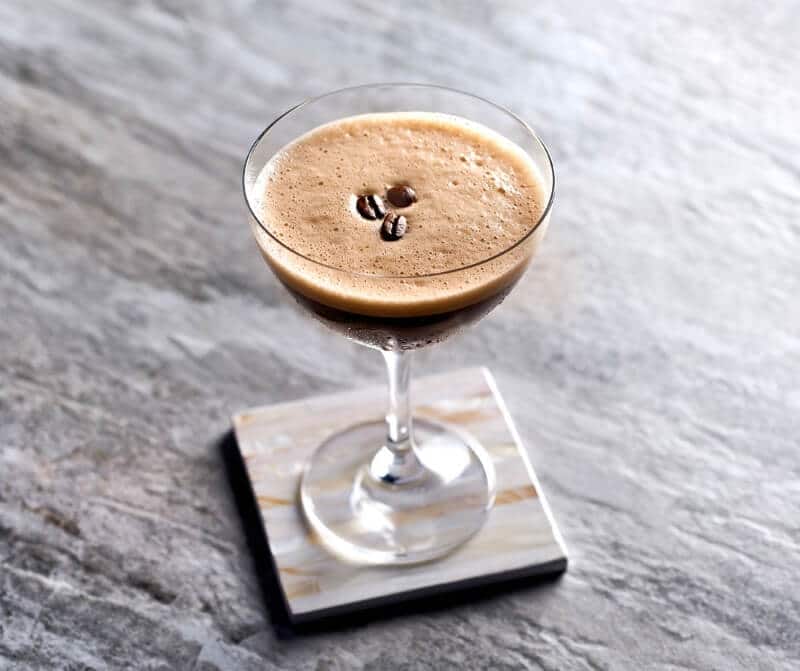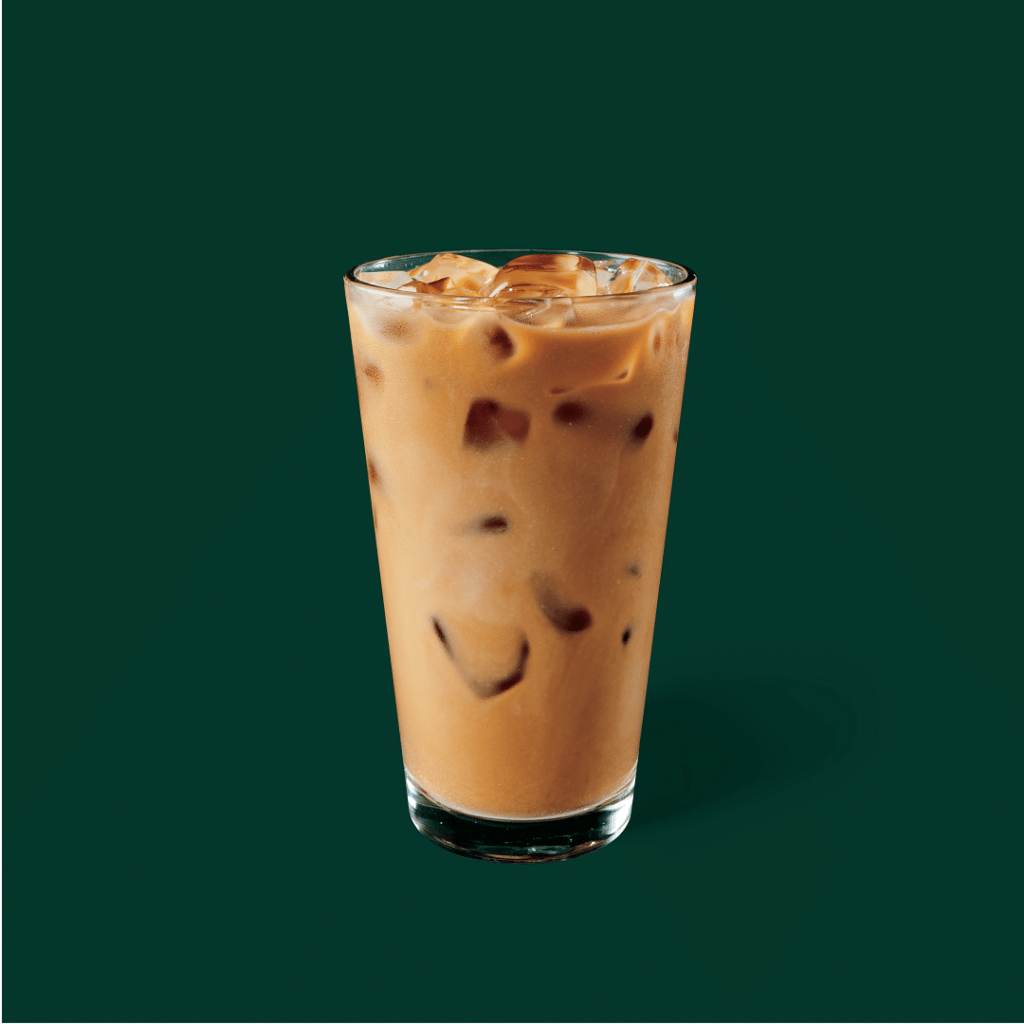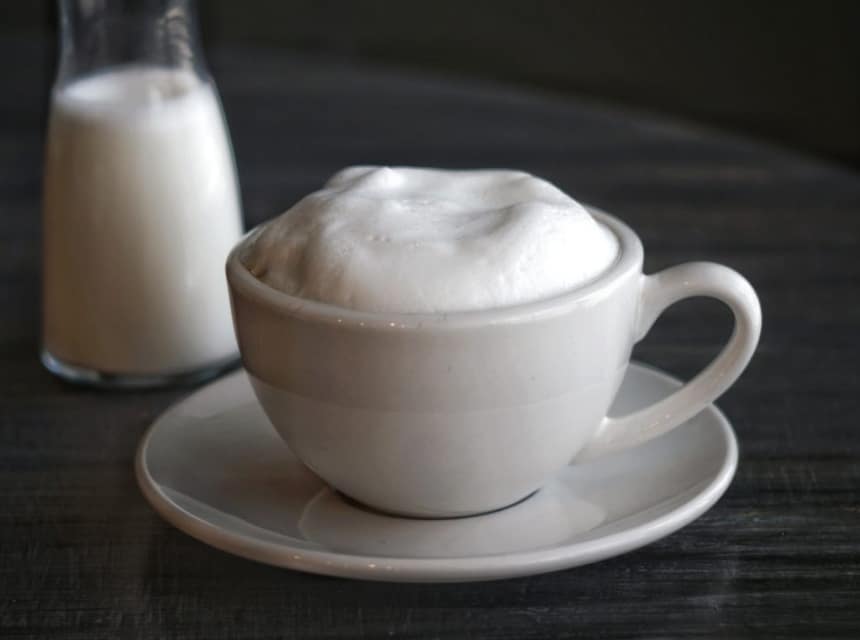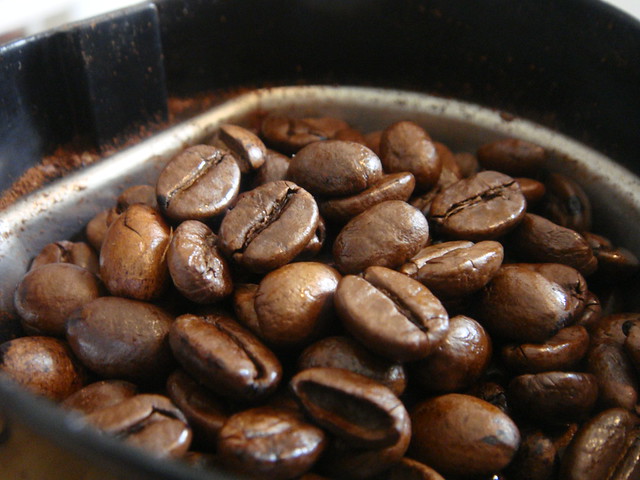

So many coffee drinkers are unaware of the fact that before any coffee is bagged and sold in retail shops or cafes, their roast samples are graded and cupped by professionals. The process of tasting and scoring coffee is what is referred to as cupping. It is a universal standardized method not limited to professionals in the coffee supply chain.
Coffee cupping can be done in many different ways by anyone. Your end goal should help you choose an appropriate method. For instance, the cupping procedure for assessing the actual quality of raw coffee cannot be the same with the procedure of ascertaining a roasting profile. Besides coffee cupping supplies and coffee cupping instructions, you need a good nose to be able to assess the profile of a coffee. The human tongue can only taste sweet, sour, bitter and salty. Read on to learn how to do a coffee cupping.
Coffee cupping is a quantifiable method used to analyse a coffee sample to ascertain its overall quality, specific flavor notes, and individual characteristics like body and acidity.
Industry professionals claim that cupping is an industry essential as it is an efficient way of determining different flavors of coffee. Green coffee buyers, baristas, roasters, and quality control specialists all depend on coffee cupping to make the best informed choices as well as increase their knowledge on different types of coffees.
Here is a quick rundown of the coffee cupping essentials you’ll need;
The most popular coffee tasting chart is the coffee taster’s flavor wheel. It constitutes a colorful circle with a variety of flavors that can exist in black unflavored coffee.
To use the chart, you need to brew fresh coffee then begin from the center. As you sip the coffee, you can think about the different flavors you are tasting. The chart should help you narrow down your search even if you’re not very confident in your diagnosis. As you get more intimate with the coffee you are sipping, you will be able to identify more flavors and naturally move toward the edges of the wheel for more specificity in your descriptions.
Coffee cupping is pretty simple as long as you prepare well and control all variables.
Arrange the table and prepare everything for cupping- Ensure you have everything needed for the process and plenty of surface area. Also, ensure that the room you are using is well lit, spacious and free from any aromas and distractions.
Grind each of your coffees- Start by grinding 2gms of the first coffee to prime the grinder. Ensure you prime the grinder with all of the coffees to ensure no coffee inside it impedes any flavors. Grind all the coffees to a coarse texture, almost similar to coarse sea salt.
Put coffee in a bowl- Put 9 grams of each coffee sample in cupping bowls. Use 2 cupping bowls for every sample. Assess the dry aroma of each coffee.
Heat up water up to 200 degrees Fahrenheit.
Pour 150gms of water into each bowl using a timer.
Assess the wet aroma of each coffee.
Break the crust- After 4 minutes, use a spoon to push the coffee grounds to the back of the bowl. Remember to rinse the spoon after breaking the crust in every bowl.
Remove the remaining coffee grounds and foam from each bowl using 2 spoons. Dump them into the vessel for collecting used coffee grounds.
Let the coffee cool then wait for about 13 to 15 minutes to begin tasting.
Slurp the coffee to allow it to spread along with your tongue. This lets you taste the full range of flavors. You will get a wider range of flavors as the coffee cools.
Despite being a serious evaluation process, Coffee cupping shouldn’t be boring. Here are a few ways of spicing up your experience;
Having people do coffee cupping with you is fun. People’s palates are different and you will be able to know what other characteristics they have picked up from the coffee.
Experts advise against swallowing the sample because large amounts of caffeine is harmful for your health and can also alter your palate and reduce your ability to taste delicate aromas and flavors.
Don’t be ashamed of confusing the vocabulary and methodology of coffee cupping at the beginning. You will get used to them with time. Reading main coffee standards Trusted Source Coffee Standards — Specialty Coffee Association Standards can be great tools for the coffee industry as they are trusted reference instruments established by knowledgeable subject-matter experts. sca.coffee can improve your experience altogether.
As an example here, we advise you to watch the following video that was live-streamed for audiences to know how the process is going:
Don’t be too focused on getting things right. Enjoy the whole process and just focus on being consistent. Treat coffee cupping as a hobby more than a chore.
Coffee cupping is a great way of analyzing the characteristics of different coffees. The process can be daunting but the fun is in immersing yourself at the cupping table and understanding the different senses you experience with the different coffees you sample. We have provided a clear beginner coffee cupping guide. The most crucial areas to dwell on in the guide are tasting, breaking the crust, and the dry and wet aromatics assessments.
Have people coffee cup with you to get the similarities and differences in your sensory notes. Provided you don’t discuss the flavors during the process, as this may affect your evaluations. Also, keep in mind that you are highly likely to taste different components within the same taste and flavor spectrum from the person next to you. Here Trusted Source A Beginner’s Guide to Cupping Coffee & Improving Your Palate - Perfect Daily Grind Cupping is the industry standard for coffee quality evaluations, but what if you’re a beginner? Read on to learn more about the skills needed. perfectdailygrind.com is some more information on how to improve your coffee cupping skills.





